What type of soils does the Venus Flytrap grow best in? Should perlite be used?
The Venus flytrap (Dionaea muscipula) is a carnivorous plant that is native to nutrient-poor, acidic soils in wetland environments. When grown in cultivation, it’s important to replicate these growing conditions as closely as possible to ensure the plant’s health and survival.
A soil mix consisting of peat moss and perlite or sand, in a roughly 1:1 ratio, is commonly used to grow Venus flytraps. Perlite is a good choice as it helps to improve drainage and prevent waterlogging, which can be detrimental to the plant’s roots. However, it’s important to make sure that the perlite is not too large or coarse, as this can damage the roots of the plant. Many growers use a soil mix consisting of peat moss and perlite or sand, in a roughly 1:1 ratio. The soil should be kept moist at all times, but not waterlogged.
The Venus flytrap grows naturally in nutrient-poor, acidic soils with a pH between 4.5 and 5.5, typically found in bogs, marshes, and other wetland environments. These soils are usually composed of a mix of peat moss, sand, and/or sphagnum moss, and have low levels of nutrients, particularly nitrogen.
It’s worth noting that Venus flytraps are sensitive and finicky plants, and can be difficult to grow successfully. In addition to the right soil mix, they require specific care instructions, including the use of distilled or rainwater for watering, high humidity levels, and bright but indirect sunlight. It’s important to do plenty of research and follow specific care instructions carefully in order to ensure the plant’s well-being.

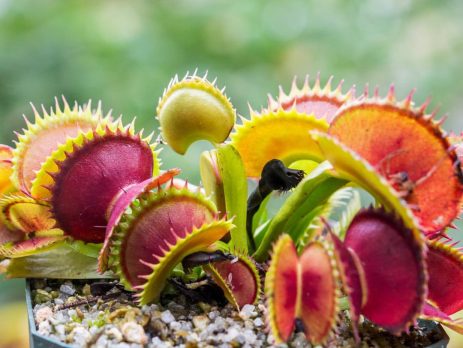
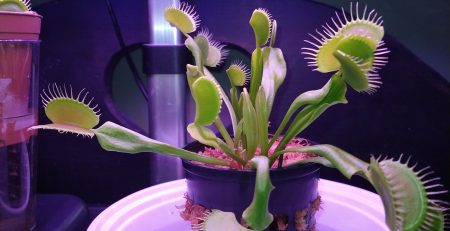
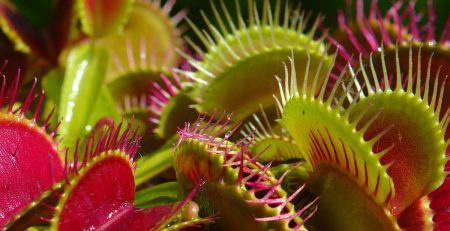
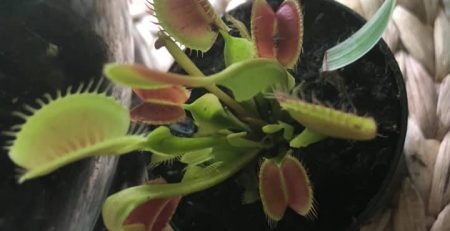

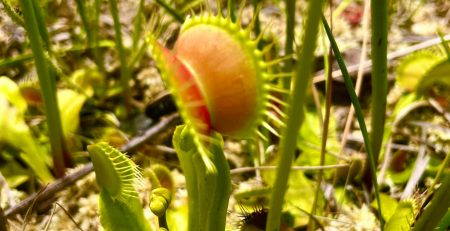
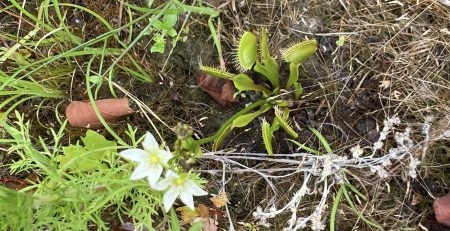
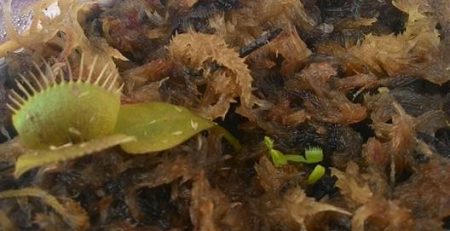
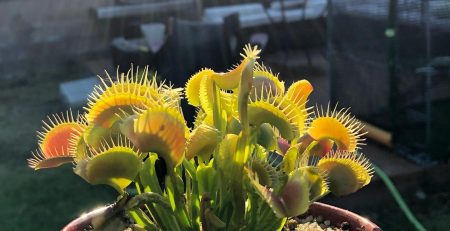
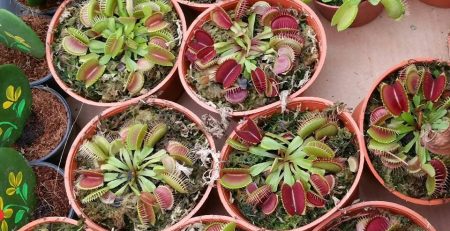
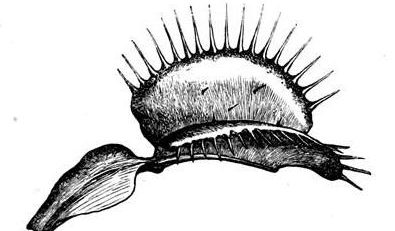
Leave a Reply
You must be logged in to post a comment.